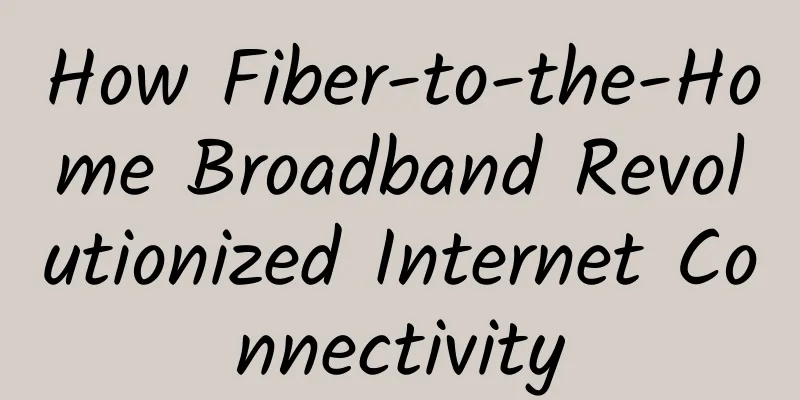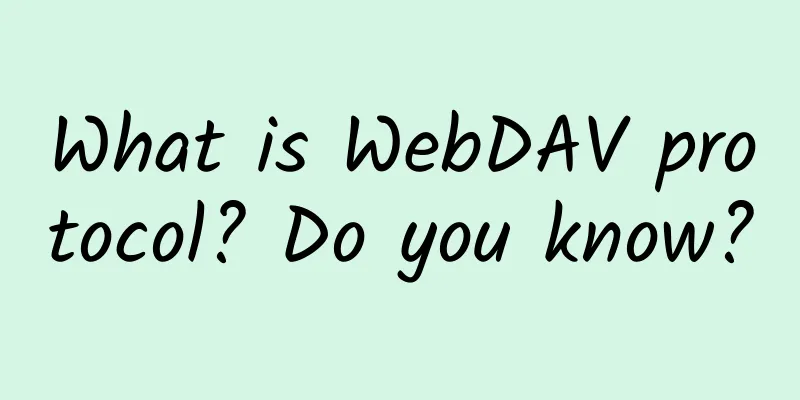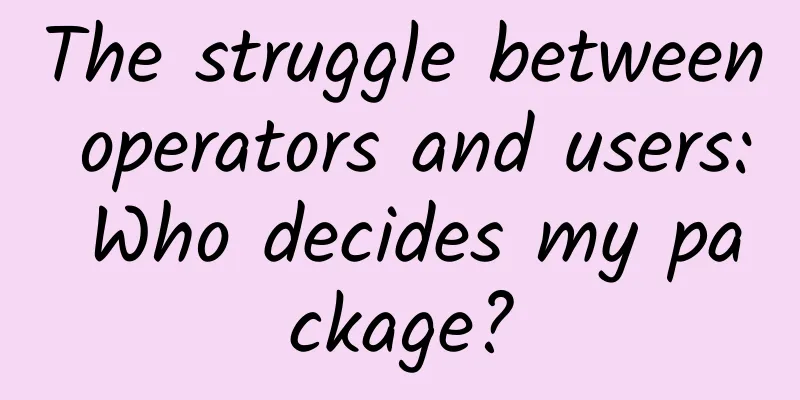How Fiber-to-the-Home Broadband Revolutionized Internet Connectivity

|
The internet has become an integral part of our lives. We rely on it for everything from communication to entertainment to work. However, as our reliance on the internet grows, so does the need for faster, more reliable connections. That’s where fiber-to-the-home broadband comes in. Fiber-to-the-home (FTTH) broadband is a technology that uses optical fiber to deliver high-speed Internet directly to homes. Unlike traditional copper or coaxial cables, which are prone to signal loss and interference, optical fiber is made of glass or plastic and can transmit data over longer distances without losing signal quality. The benefits of FTTH broadband are clear. It offers faster speeds and more reliable connections than traditional broadband technology. So how exactly is it revolutionizing internet connectivity? Let's take a closer look. What are the advantages of FTTH broadbandImprove speed and bandwidthOne of the most obvious benefits of FTTH broadband is the increase in speed and bandwidth. FTTH broadband has speeds of up to 100Gbps, which is significantly faster than traditional broadband technologies such as DSL and cable. This means that users can watch high-definition videos, play online games, and work remotely with less latency. Improve reliabilityAnother major benefit of FTTH broadband is its increased reliability. Because optical fiber is not affected by electromagnetic interference, it is less susceptible to signal loss and interruptions. This means users can enjoy a more consistent and reliable internet connection. Greater flexibilityFTTH broadband also offers users greater flexibility. With increased speed and bandwidth, it can support multiple devices and users at the same time. This makes it ideal for households with multiple people working from home or small businesses that need to connect multiple devices to the internet. Enhanced securityFTTH broadband also offers enhanced security to users. Because optical fibers are difficult to access, they offer a higher level of security than traditional broadband technologies. This makes them an attractive option for businesses and individuals who need to transmit sensitive data over the internet. Future-proofPerhaps most importantly, FTTH broadband is future-proof. As technology continues to advance, we expect the demand for faster, more reliable internet connections to grow even greater. With increased speeds and bandwidth, FTTH broadband is perfectly positioned to meet these demands. High cost performanceFTTH broadband is also more cost-effective than traditional broadband technology. Because optical fibers are more durable and require less maintenance, they can offer a lower total cost of ownership over time. Additionally, FTTH broadband is less prone to outages and service interruptions, saving users money in the long run. Factors driving the success of FTTHOne of the key factors driving the success of FTTH broadband is the growing demand for faster, more reliable Internet connections. With more people working remotely, streaming videos, and playing online games, the need for faster, more reliable Internet connections has never been greater. In addition, the future-proof nature of FTTH broadband makes it an attractive option for individuals and businesses. Typical elements of FTTHTypical components of FTTH broadband include optical network terminal (ONT), optical line terminal (OLT) and optical fiber. ONT is a device that connects to the user's home and converts optical signals into electrical signals that can be used by devices such as computers and routers. OLT is a device that connects ONT to the Internet service provider's network, and optical fiber is the medium that carries optical signals between ONT and OLT. The Evolution of Fiber-to-the-HomeFTTH broadband has come a long way in a relatively short period of time. Initially, it was used only in selected areas, mainly for high-end commercial and government applications. However, as the demand for faster and more reliable internet connections continues to grow, so too has the adoption of FTTH broadband. Today, it is increasingly being deployed in residential areas, and many internet service providers now offer FTTH broadband as a standard service. What challenges does widespread adoption of FTTH broadband face?Of course, one of the main challenges facing widespread adoption of FTTH broadband is the cost of deployment. Installing fiber requires a lot of infrastructure and can be quite expensive, especially in areas with complex terrain or dispersed populations. For example, it may be too expensive for an Internet service provider to lay fiber to every home in a rural area. In addition, in densely populated urban areas, the cost of digging up streets and laying infrastructure can be high. Another challenge is the lack of standardization in the industry. Because different Internet service providers use different equipment and technologies, it is difficult to ensure compatibility between different FTTH broadband systems. This can make it difficult for customers to switch providers and can also hinder the development of new technologies that rely on FTTH broadband. Regulatory and legal challenges can also be barriers to deployment. In some areas, ISPs may be restricted in where they can lay fiber optic cables, or there may be disputes over who is responsible for maintaining the infrastructure. In addition, there may be problems accessing private property or obtaining the necessary permits and approvals to lay infrastructure. Finally, there is a lack of public awareness and education about the benefits of fiber-to-the-home broadband. While more people are becoming aware of the benefits of FTTH broadband, many still do not understand the technology or its benefits, making it difficult for ISPs to gain support for their deployment efforts. In summary, while FTTH broadband offers many benefits, deployment costs, lack of standardization, regulatory and legal challenges, and lack of awareness and education are some of the main challenges facing its widespread adoption. However, as demand for faster and more reliable Internet connections continues to grow, these challenges will likely be overcome and we will see more widespread FTTH broadband deployment in the future. How is FTTH broadband used in actual industry applications?FTTH broadband is being used by numerous industries and businesses around the world. In the telecommunications industry, it is used to connect homes and businesses to the internet. In the healthcare industry, it is used to connect hospitals and clinics with remote medical specialists for consultations. In the education industry, it is used to connect schools and universities to online resources and distance learning platforms. The future of fiber to the homeThe future looks bright for fiber-to-the-home broadband. As the technology continues to advance, we can expect to see faster speeds and more advanced features. For example, some experts predict that we will see the emergence of the “smart home,” where all home devices are connected to the internet and can be controlled remotely. FTTH broadband will play a vital role in making this a reality. In addition, it will continue to be a key enabler for the deployment of new technologies such as 5G and the Internet of Things. in conclusionIn summary, fiber-to-the-home broadband is revolutionizing internet connectivity by offering faster speeds, more reliable connections, greater flexibility, enhanced security, and future-proof capabilities. It is an important technology that will continue to play a vital role in our digital lives. Its benefits are clear, and as demand for faster, more reliable internet connections continues to grow, we expect to see more widespread adoption of FTTH broadband in the coming years. FAQ1. What is fiber-to-the-home broadband?Fiber-to-the-home broadband is a fiber-optic network solution designed for residential deployment. In a fiber-to-the-home network, optical fiber is connected directly to a building or individual home. It is installed and used from a central point, which is connected directly to the individual's property. 2. How is fiber-to-the-home broadband different from traditional broadband technology?The main difference between traditional broadband and FTTH broadband is mainly in terms of speed. For the transmission of data and information, fiber optic connections have the potential to be much faster. In addition to this, fiber optic connections have a greater bandwidth than traditional options and are obviously more secure as well. 3. What challenges does the widespread adoption of fiber-to-the-home broadband face?Some of the challenges that hinder seamless deployment of large-scale FTTH broadband include: ● Increased deployment costs ● There is a clear lack of proper standardization within the industry ● Legal and regulatory challenges hinder major deployment projects ● People lack awareness or education about the advantages of FTTH |
<<: Fiber-optic interconnects: How to improve cloud computing networks
>>: It will take time for 5G cross-network roaming to become popular
Recommend
Appreciation of 21 foreign website 404 page designs
Whenever a "404 error" appears when bro...
What are the differences between 802.11ax and 802.11ac Wi-Fi standards? Learn more in one article
In previous articles, we have introduced the orig...
Four key concepts you need to know about AI
[51CTO.com Quick Translation] AI (artificial inte...
The convergence of edge data centers and 5G revolutionizes data transmission and the Internet of Things
With the rapid development of the digital age, th...
Gcore (gcorelabs) Russian Vladivostok VPS simple test
It has been a while since I shared information ab...
iONcloud: 15% off cloud hosting in San Jose/Los Angeles, Linux/Windows available
iONcloud is a cloud hosting platform opened by Kr...
Standard Interconnection Lightweight Cloud Promotion, Hong Kong CN2 Yearly Payment Starting from 268 Yuan
Pesyun (Standard Interconnect) has released the l...
RackNerd: San Jose AMD Ryzen+DDR4+NVMe series KVM starts at $14.18 per year
Previously, we have shared information about the ...
How difficult is it for a woman to work in communications?
It is well known that the number of women working...
Wind River Wins Two Awards at 2017 SDN/NFV World Summit
At the 2017 SDN/NFV World Summit hosted by Layer1...
Don't understand the network I/O model? How to get started with Netty
Netty is a network application framework, so from...
Is 4G still better? China Mobile suddenly admitted: 50 million 5G users do not use 5G network
At the 2021 Mobile World Congress, Liu Liehong, V...
One year has passed since China's 5G license issuance, and these opportunities and challenges are becoming clearer
With the extensive publicity of the media and the...
Seize the critical period for large-scale application of 5G
As of the end of April, more than 1.6 million 5G ...
Huawei and iSoftStone jointly launch IoT solutions to lead the digital transformation of the industry
[51CTO.com original article] The implementation o...









